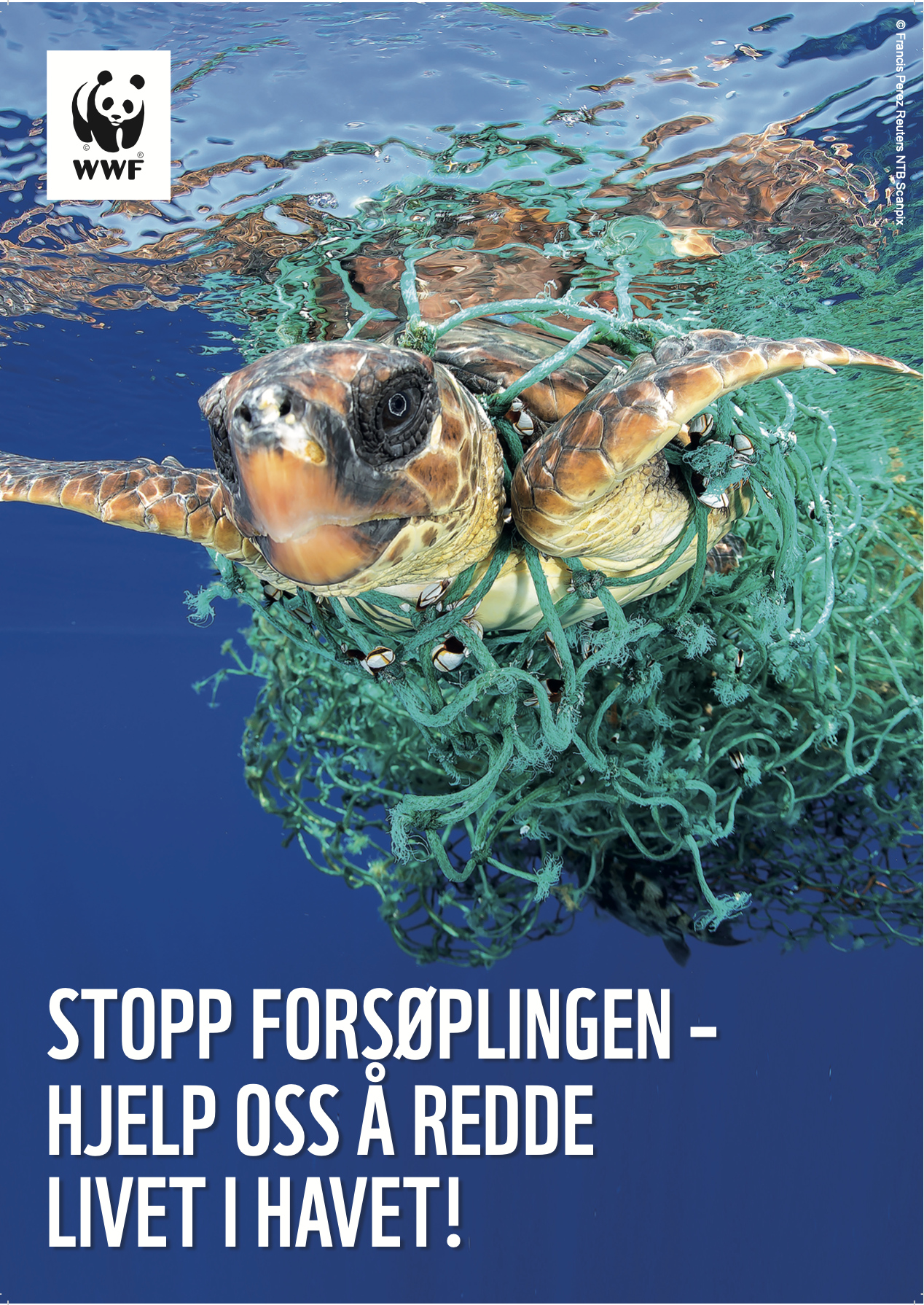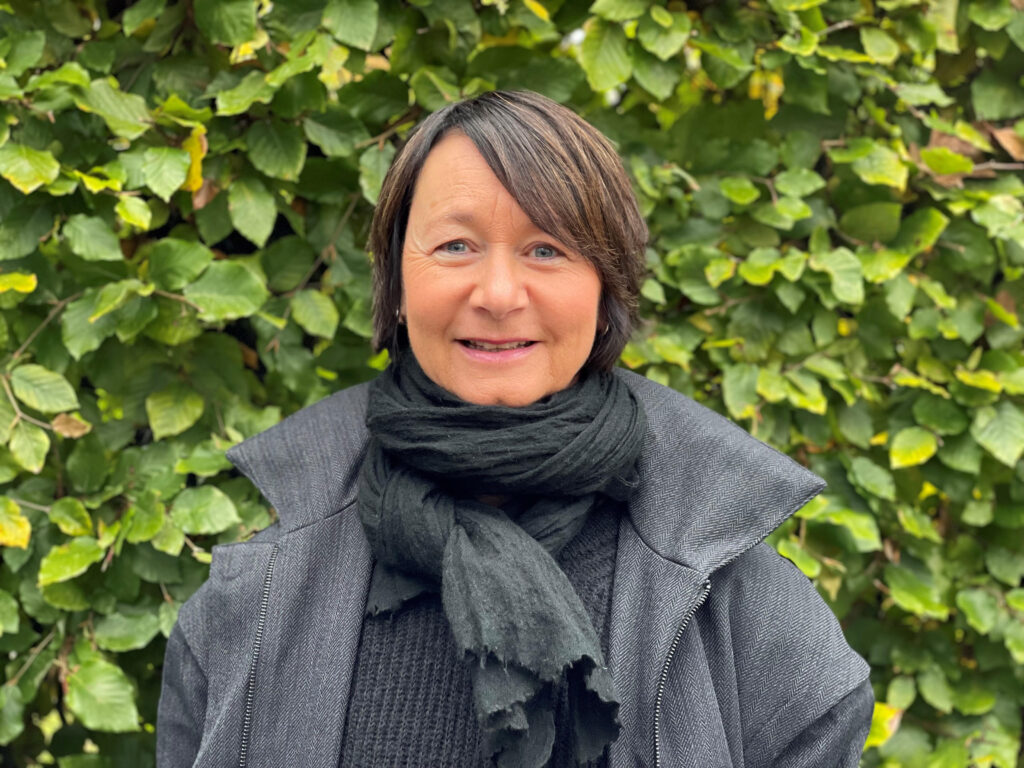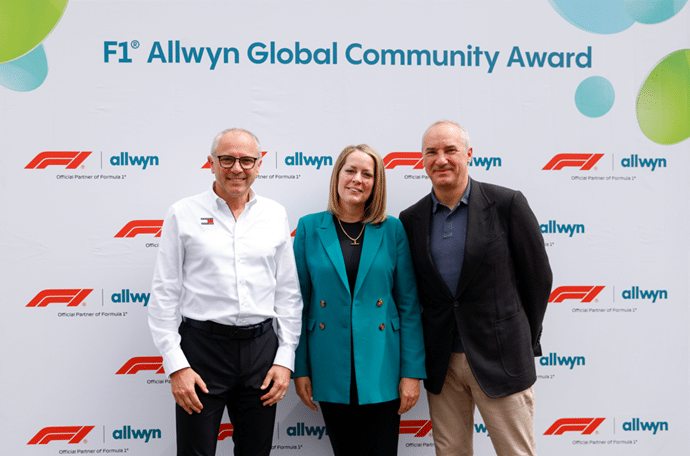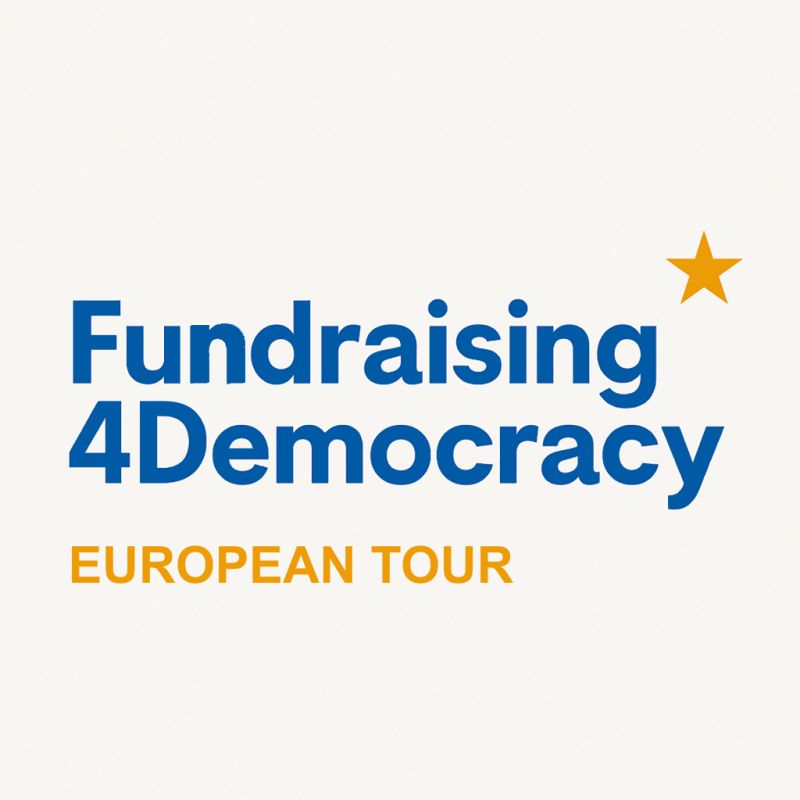WWF Norway – harnessing the power of collaboration to drive fundraising success

WWF Norway is the Norwegian branch of the World Wide Fund for Nature, an international non-governmental organisation dedicated to conserving nature and reducing the most pressing threats to the environment.
WWF Norway was founded in 1971 and has since been working on various projects to protect endangered species, habitats and ecosystems, as well as to promote sustainable development and climate action. WWF (Norway)’s vision is to create a future where people live in harmony with nature, and its mission is to stop the degradation of the natural environment and to build a future in which humans live in harmony with nature.
Starting at the beginning
With a strong political presence, and generous backing from corporate organisations, WWF Norway wanted to shift its fundraising efforts to focus on a very ambitious strategy on fundraising to the general public, but was initially unsure of how to effectively deliver on these ambitions.
The charity involved Revolutionise for its expert help on how to raise the understanding of fundraising success amongst its internal audience. Firstly, the leadership group and Board were involved to secure their approval followed by, at a later date, the whole organisation.

“One of our fundamental challenges was a lack of knowledge throughout the organisation as a whole of how to succeed with our wider fundraising goals and how to get everyone involved,” says Ina Toften, Communication and Fundraising Director at WWF Norway. “We knew we had bold targets, and we knew that we needed to invest in our fundraising to realise our goals. We also had to change our internal mindset about fundraising so that it was perceived as an organisation-wide priority, not just one function working alone in a corner.”
A switch in tactics and mindset
Based on the process, a new communications strategy, with a larger investment in fundraising and a growth mindset at its core was launched. One of the main changes that WWF Norway implanted was a shift in fundraising investment to online methods such as a new website which held engaging new public donors and retaining existing supporters at the heart of its strategic aims. This digital approach was the cornerstone of the charity’s tactics, as Toften explains: “As well as investing in our new website, we were an early adopter of social media channels, using Facebook in particular, which definitely played a big part in our success story.”
This new communications strategy also involved a closer alignment between fundraising, and the charity’s other business functions.
This meant that where, previously, roles within the charity had been mostly segregated by job title, now the entire organisation worked seamlessly together towards promoting the work of WWF Norway. The main change was the merger of the marketing and communications function with that of the fundraising function – into one department.
“By aligning our teams, we were better-equipped with access to the elements that we all needed to succeed – access to facts, good stories, results, photos and film/video are all essential components which can be used effectively throughout the charity for different objectives,” explains Toften. “We also found that having common campaign meetings and implementing a digital calendar shared between fundraising and communications were both very important elements to align our work and move forward together in the same direction.”
A catalyst for change
WWF Norway had been working for some time to place the plastic pollution of the world’s oceans on the public agenda and, when a dead Goose-Beaked whale with 30 kgs of plastic in its stomach stranded outside the west coast of Norway, the charity was able to draw on key elements of its revised fundraising approach to engage people on its plight.
“The public were, quite rightly, horrified by the sheer volume of plastic within this animal and, as a result, we introduced a new ocean fundraising programme based on the public’s desire to be able to have a positive effect on the problem,” says Toften. “This issue meant we were also able to lean more heavily on the investment we’d made in our digital fundraising,
which was very successful in raising both awareness, and the financial support for us to be able to drive change.”

Tangible results
In the seven years since adapting its fundraising strategy, WWF Norway’s income has grown from an annual income of 20 MNOK, to one of 48 MNOK, equating to an average growth of 16% per year. The number of monthly donors has also increased by 115% during the same time period.
Advising on the charity’s fundraising success, Toften says: “All too often, fundraising departments are given a set budget, for example, ‘X for the year’ but a change in mindset to incorporate more flexibility in this can reap rewards. If your fundraising income is on a consistently-upwards trajectory, then keep investing – stick to your priorities and strategy,
and don’t waver. A culture of testing and learning is vital – we must all fail often, in order to succeed sooner.”
Ina’s top five charity fundraising tips
- To succeed with private fundraising, it has to be a strategic matter for the organisation. There has to be an understanding from the top that the possibilities for increasing long-term unrestricted funding is only possible through acknowledging the importance of fundraising, and then investing accordingly.
- There is no quick fix to fundraising growth. It is all about building brick-by-brick. It is a continuous process of trying, failing, testing, innovating, evaluating and learning. This must be understood by everyone, in particular the leadership team and the Board.
- We believe that part of our success lies in the merging of the marketing, fundraising and communications teams into one department – for us, this avoided conflict over ownership to channels and resources.
- Charities need to have the right competence in place – we staffed up on fundraising, campaigning and digital channels. And, we initiated collaboration by investing in external expertise.
- An effective communications strategy is crucial for generating a foundation for new ways of working – it helped us create a common understanding of what fundraising success looks like.


